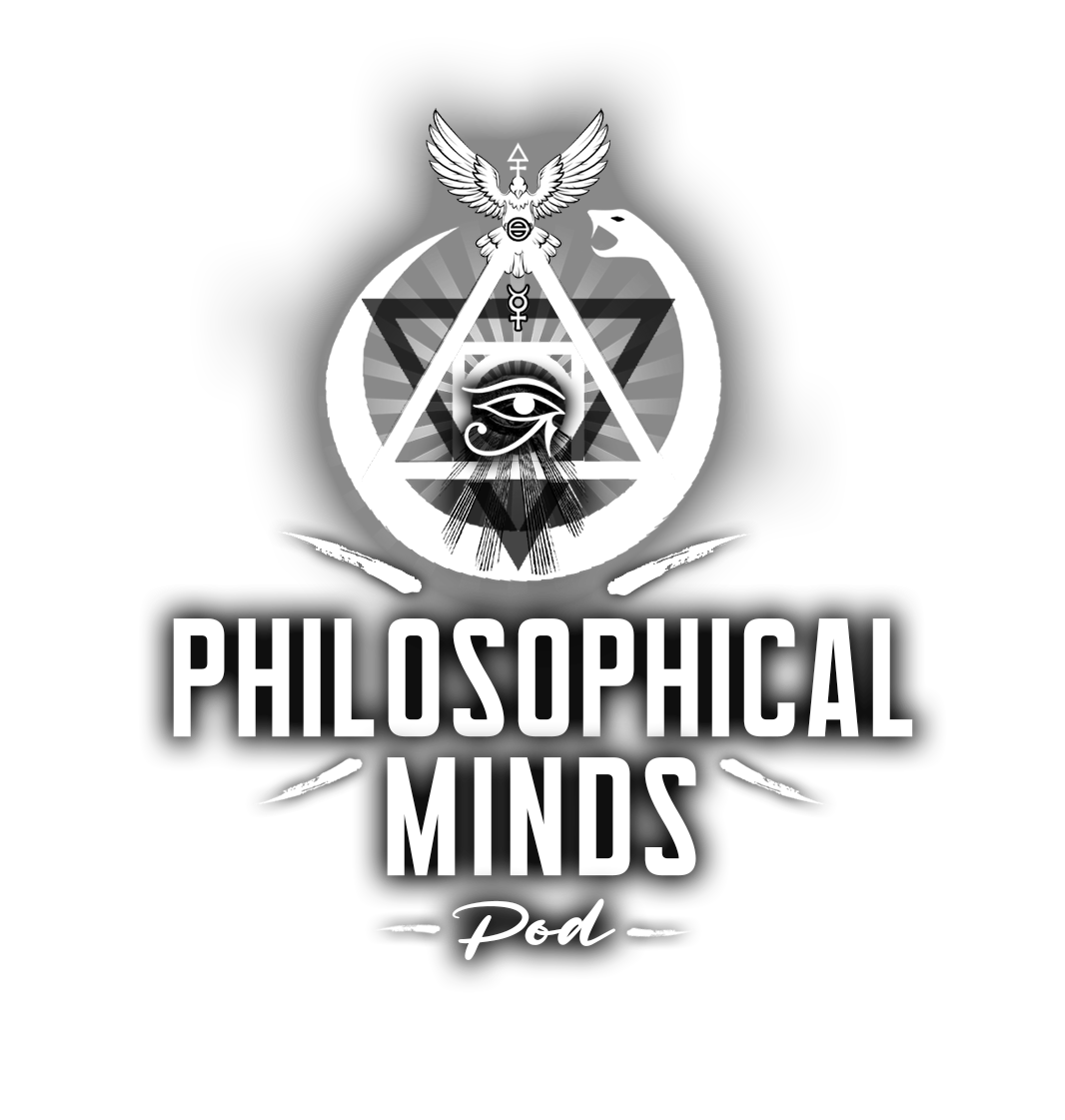Goethe's Theory of Color: A Revolutionary Approach to Understanding Perception
Johann Wolfgang von Goethe, renowned for his literary achievements, also made significant contributions to the study of color and perception through his seminal work, Theory of Colors (Zur Farbenlehre), published in 1810. Goethe’s exploration of color stands in stark contrast to Isaac Newton’s scientific approach, which focused on the physical properties of light. Instead, Goethe delved into the subjective and psychological aspects of color perception, emphasizing how human experience shapes our understanding of colors.
The Nature of Color Perception
Goethe’s dissatisfaction with Newton’s prismatic experiments, which dissected white light into its constituent spectral colors, spurred his investigation into the nature of color. He argued that Newton’s method overlooked the richness and complexity of human color perception. For Goethe, color emerged from the interplay of light and shadow, shaped by the observer’s experience. He identified six primary colors—red, orange, yellow, green, blue, and violet—divided into “warm” (red, orange, yellow) and “cool” (green, blue, violet) categories. This categorization reflected his belief that colors result from psychological responses to light and dark rather than being mere by-products of light.
Complementary Colors and Sensory Experience
A pivotal element of Goethe’s theory is the concept of complementary colors. He observed that prolonged exposure to a specific color could lead to the perception of its complementary color, as evidenced by the afterimage effect. For instance, staring at a red object and then looking at a white surface results in seeing green. This phenomenon underscored Goethe’s belief that color perception is an active, dynamic process influenced by the interaction between external stimuli and the observer’s sensory system. By emphasizing this interplay, Goethe diverged from the objective, mathematical approach favored by Newton, arguing for a deeper understanding of how the mind interprets color.
The Psychological Dimension of Color
Goethe’s theory also highlights the psychological effects of color. He posited that different colors elicit distinct emotional responses in observers: yellow evokes warmth and cheerfulness, while blue is associated with coolness and melancholy. This exploration of the emotional impact of color anticipated developments in color psychology and the intentional use of color in art and design to evoke specific moods. Goethe recognized that colors are perceived within a broader context, influenced by cultural associations, personal experiences, and symbolic meanings. This holistic perspective was groundbreaking and continues to impact various fields, including art, design, and psychology.
Criticism and Influence
While Goethe’s Theory of Colors faced criticism from proponents of Newtonian optics, who deemed it unscientific and overly subjective, his intention was not to replace Newton’s theories but to complement them. Goethe’s work found particular resonance among artists and philosophers. Influential figures like J.M.W. Turner and Wassily Kandinsky drew inspiration from Goethe’s ideas, incorporating them into their explorations of color and form. Additionally, the philosopher Ludwig Wittgenstein engaged with Goethe’s theory, contemplating the implications of color perception for language and meaning.
Conclusion
Goethe’s Theory of Colors remains a seminal work in the study of color, bridging the gap between science and art, objectivity and subjectivity. His emphasis on the psychological and emotional dimensions of color perception continues to resonate across various disciplines, enriching our understanding of color as a fundamental aspect of human experience. Although Goethe’s theories may not have supplanted the Newtonian framework in optics, they have profoundly influenced how we perceive and interpret color in our lives.
